The aim of the present pilot case series study was to present a new technique for managing the periimplant soft tissue before implant placement, the soft-tissue template technique.
Materials and methods
This study was designed as a pilot case series study. At least six months after reconstruction with a fibula free flap, all crestal soft tissue, including skin and muscle, was removed, leaving only periosteum attached to the reconstructed alveolar crest. The soft tissue was then remodeled according to a new technique. One month after complete soft-tissue healing, implants were inserted with a flapless technique using a computer-guided template. Three to six months later, a screw-retained prosthesis was delivered. Outcome measures were implant survival and periimplant mucosal response, based on probing pocket depth (PPD) and bleeding on probing (BOP).
Results
Six patients (four males and two females) with a mean age of 48.4 years were treated. A total of 32 implants were inserted. No dropout occurred during the entire follow-up period. No implant failed and the overall implant survival rate was 100% 12 months after definitive prosthesis delivery. All of the patients presented with healthy soft tissue, stable PPD and good BOP values at the one-year follow-up. The mean PPD values were 3.6 ± 0.6 mm and the mean BOP values were 9 ± 4.8%.
Conclusion
Within the limitations of the study, this technique appeared to improve the quality of transplanted periimplant soft tissue. Further clinical trials are needed to validate this approach.
Editorial note: The full article was published in the 4/2016 issue of the Journal of Oral Science and Rehabilitation. It can be access free of charge at www.dtscience.com.
NEW YORK, U.S.: The importance of soft tissue in implant dentistry is often underestimated. In an upcoming free Dental Tribune Study Club webinar on Friday,...
Broken file management is one of the most challenging parts of endodontic treatment. Regardless of whether the clinician is faced with a retreatment ...
Crestal bone stability around dental implants remains one of the most important features of successful implant treatment. Besides major clinical advantages ...
NEW YORK. U.S.: Minimally invasive dentistry has well and truly become a mainstream idea, and dental professionals around the world are dedicating countless...
Implant dentistry has undergone a revolutionary transformation with the advent of digital workflows. These advancements have significantly improved the ...
Dr Giovanni Zucchelli is professor at the University of Bologna in Italy and president elect of the Italian Academy of Osseointegration. He specialises in ...
Hypertrophy of the masseter muscle is defined as the excessive growth of muscle mass in the transverse direction and is more common between the second and ...
The dentist plays a major role, with other members of the health team, in helping a patient with diabetes maintain glycemic control by achieving optimal ...
October is geriatric dentistry month at Curaden Academy. Although the number of elderly patients in dental practices is on the rise, many dental ...
A high clinical evidence of grafting procedures from extraoral autologeous donor sites like i.e. from the iliac crest in difficult bone loss ...
Live webinar
Mon. 22 December 2025
1:00 pm EST (New York)
Live webinar
Mon. 12 January 2026
9:00 am EST (New York)
Prof. Judith Jones D.D.S; M.P.H., Prof. Kakuhiro Fukai D.D.S., Ph.D, Dr. Bathsheba (Bethy) Turton
Live webinar
Wed. 14 January 2026
12:00 pm EST (New York)
Dr. Théo Laplane, Dr. Robert Gottlander DDS
Live webinar
Fri. 16 January 2026
12:00 pm EST (New York)
Live webinar
Mon. 19 January 2026
1:00 pm EST (New York)
Philipp Kopp, Michael Seeber
Live webinar
Thu. 22 January 2026
2:00 pm EST (New York)
Dr. Nicola M. Grande DDS, PhD
Live webinar
Wed. 28 January 2026
8:00 am EST (New York)



 Austria / Österreich
Austria / Österreich
 Bosnia and Herzegovina / Босна и Херцеговина
Bosnia and Herzegovina / Босна и Херцеговина
 Bulgaria / България
Bulgaria / България
 Croatia / Hrvatska
Croatia / Hrvatska
 Czech Republic & Slovakia / Česká republika & Slovensko
Czech Republic & Slovakia / Česká republika & Slovensko
 France / France
France / France
 Germany / Deutschland
Germany / Deutschland
 Greece / ΕΛΛΑΔΑ
Greece / ΕΛΛΑΔΑ
 Hungary / Hungary
Hungary / Hungary
 Italy / Italia
Italy / Italia
 Netherlands / Nederland
Netherlands / Nederland
 Nordic / Nordic
Nordic / Nordic
 Poland / Polska
Poland / Polska
 Portugal / Portugal
Portugal / Portugal
 Romania & Moldova / România & Moldova
Romania & Moldova / România & Moldova
 Slovenia / Slovenija
Slovenia / Slovenija
 Serbia & Montenegro / Србија и Црна Гора
Serbia & Montenegro / Србија и Црна Гора
 Spain / España
Spain / España
 Switzerland / Schweiz
Switzerland / Schweiz
 Turkey / Türkiye
Turkey / Türkiye
 UK & Ireland / UK & Ireland
UK & Ireland / UK & Ireland
 Brazil / Brasil
Brazil / Brasil
 Canada / Canada
Canada / Canada
 Latin America / Latinoamérica
Latin America / Latinoamérica
 USA / USA
USA / USA
 China / 中国
China / 中国
 India / भारत गणराज्य
India / भारत गणराज्य
 Pakistan / Pākistān
Pakistan / Pākistān
 Vietnam / Việt Nam
Vietnam / Việt Nam
 ASEAN / ASEAN
ASEAN / ASEAN
 Israel / מְדִינַת יִשְׂרָאֵל
Israel / מְדִינַת יִשְׂרָאֵל
 Algeria, Morocco & Tunisia / الجزائر والمغرب وتونس
Algeria, Morocco & Tunisia / الجزائر والمغرب وتونس
 Middle East / Middle East
Middle East / Middle East

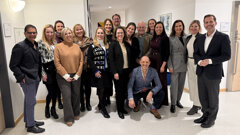

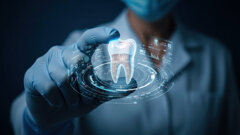



















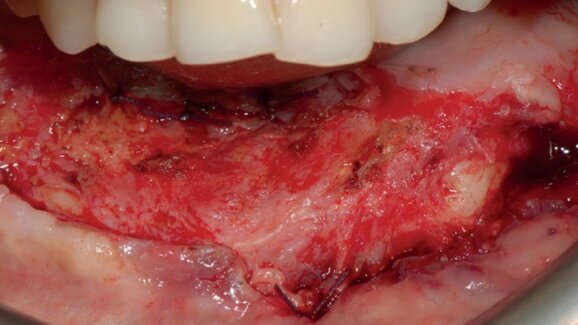



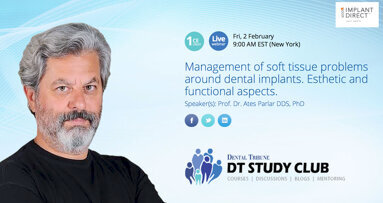
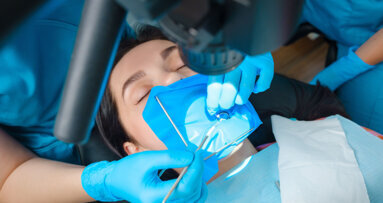
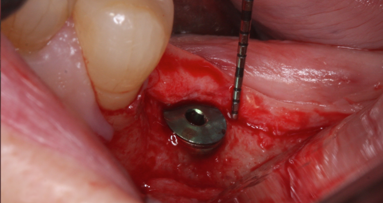
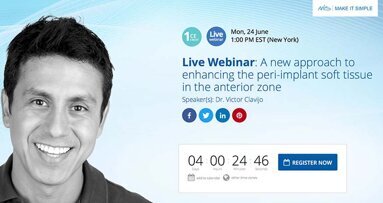
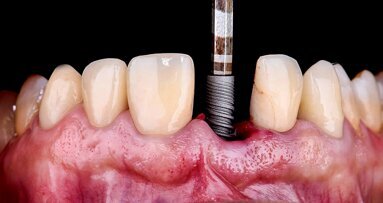

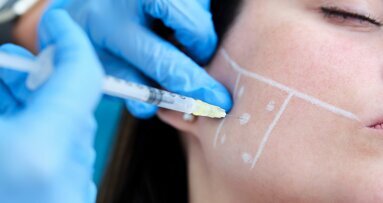
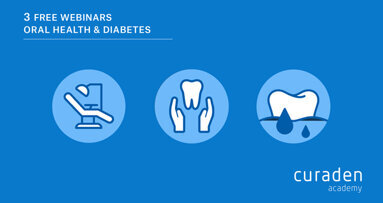
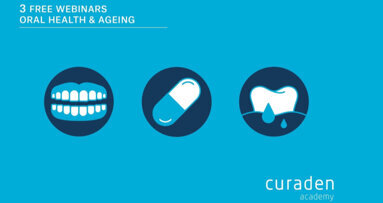
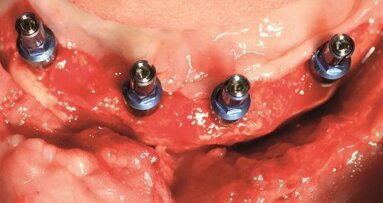










To post a reply please login or register